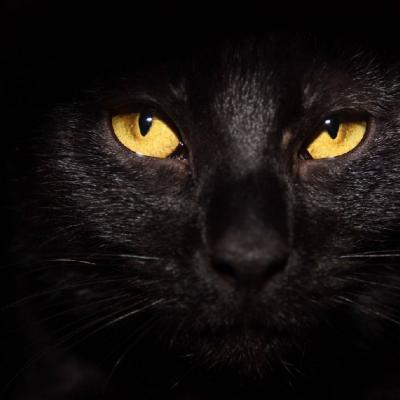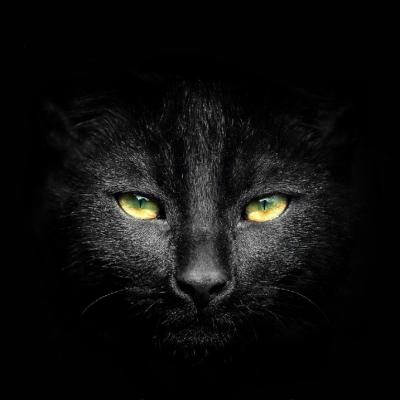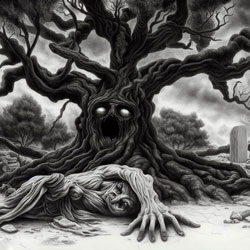 In the shadowy realm of horror literature, few authors have been as influential in their craft as the late Howard Phillips Lovecraft, and his lesser-known work, "The Tree," is a testament to his unique style and narrative. In the eldritch language and tone of Lovecraft, this review aims to dissect and appreciate the shadowed brilliance of "The Tree."
In the shadowy realm of horror literature, few authors have been as influential in their craft as the late Howard Phillips Lovecraft, and his lesser-known work, "The Tree," is a testament to his unique style and narrative. In the eldritch language and tone of Lovecraft, this review aims to dissect and appreciate the shadowed brilliance of "The Tree."
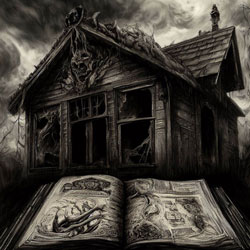 The tale titled "The Picture in the House" emerges from the mind of the esteemed author H.P. Lovecraft, a nocturnal blossom of grotesque beauty unfolding beneath the dimmed firmament of the New England landscape. Like the mad dance of phantasmal shadows, this macabre narrative sweeps us into a realm of darkness, discomfort, and dread, where the veil of normality is torn asunder, revealing a chilling tableau of human degeneration and the corrosive power of morbid curiosities.
The tale titled "The Picture in the House" emerges from the mind of the esteemed author H.P. Lovecraft, a nocturnal blossom of grotesque beauty unfolding beneath the dimmed firmament of the New England landscape. Like the mad dance of phantasmal shadows, this macabre narrative sweeps us into a realm of darkness, discomfort, and dread, where the veil of normality is torn asunder, revealing a chilling tableau of human degeneration and the corrosive power of morbid curiosities.
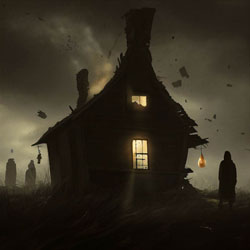 In the brooding shadows of Howard Phillips Lovecraft's vast pantheon of tales, lies a peculiar narrative, a brief but potent visitation into a world where the past refuses to die, and antiquity harbors a fearsome power. It is within the gloaming confines of "The Terrible Old Man" that we encounter a chilling tableau, a parable of retribution and a stark warning against underestimating the quietude of old age and the seemingly dormant.
In the brooding shadows of Howard Phillips Lovecraft's vast pantheon of tales, lies a peculiar narrative, a brief but potent visitation into a world where the past refuses to die, and antiquity harbors a fearsome power. It is within the gloaming confines of "The Terrible Old Man" that we encounter a chilling tableau, a parable of retribution and a stark warning against underestimating the quietude of old age and the seemingly dormant.
 In the beguiling realm of Lovecraftian lore, there exists a tale spun with such ethereal intricacy that one may feel the very fabric of their sanity being tugged at its edges. "The Crawling Chaos" serves as an embodiment of Lovecraft's literary genius, an eerie waltz through the macabre landscape of his unique brand of cosmic horror.
In the beguiling realm of Lovecraftian lore, there exists a tale spun with such ethereal intricacy that one may feel the very fabric of their sanity being tugged at its edges. "The Crawling Chaos" serves as an embodiment of Lovecraft's literary genius, an eerie waltz through the macabre landscape of his unique brand of cosmic horror.
 In the cavernous halls of literary discourse, an author’s name may echo with the resonance of a multitude of meanings. Few names reverberate through the maze of horror literature as profoundly as that of Howard Phillips (H.P.) Lovecraft, a master of the macabre whose works traverse the ghoulish boundaries of terrestrial reality, spiraling into the abyss of cosmic dread and existential despair. As one delves deeper into the dimly lit corridors of Lovecraft’s canon, the chilling tale of "Facts Concerning the Late Arthur Jermyn and His Family" emerges from the darkness, an ominous specter of his fiction that confronts readers with its grotesque imagery and haunting implications.
In the cavernous halls of literary discourse, an author’s name may echo with the resonance of a multitude of meanings. Few names reverberate through the maze of horror literature as profoundly as that of Howard Phillips (H.P.) Lovecraft, a master of the macabre whose works traverse the ghoulish boundaries of terrestrial reality, spiraling into the abyss of cosmic dread and existential despair. As one delves deeper into the dimly lit corridors of Lovecraft’s canon, the chilling tale of "Facts Concerning the Late Arthur Jermyn and His Family" emerges from the darkness, an ominous specter of his fiction that confronts readers with its grotesque imagery and haunting implications.
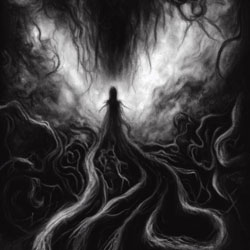 As we traverse the labyrinthine annals of Howard Phillips Lovecraft's spectral treasury, we encounter one of his more obscure yet profound works: "Ex Oblivione". An entity of fleeting length, yet vast in philosophical depth, it emerges as a phantasmal flower in the abyssal garden of Lovecraft's oeuvre, radiating a distinct, lonesome hue of existential dread.
As we traverse the labyrinthine annals of Howard Phillips Lovecraft's spectral treasury, we encounter one of his more obscure yet profound works: "Ex Oblivione". An entity of fleeting length, yet vast in philosophical depth, it emerges as a phantasmal flower in the abyssal garden of Lovecraft's oeuvre, radiating a distinct, lonesome hue of existential dread.
 Beneath the inky expanse of time's great abyss, where spectral shadows dance their eternal danse macabre, we plunge into the abyssal depths of "The Street", an often-overlooked work by the preeminent purveyor of cosmic horror, Howard Phillips Lovecraft. As we tread upon the cobblestones of this ancient thoroughfare, we succumb to a chilling realization of inescapable entropy, a motif that Lovecraft frequently wields to instill a sense of dread and insignificance.
Beneath the inky expanse of time's great abyss, where spectral shadows dance their eternal danse macabre, we plunge into the abyssal depths of "The Street", an often-overlooked work by the preeminent purveyor of cosmic horror, Howard Phillips Lovecraft. As we tread upon the cobblestones of this ancient thoroughfare, we succumb to a chilling realization of inescapable entropy, a motif that Lovecraft frequently wields to instill a sense of dread and insignificance.
 In the profane annals of cosmic horror, "At the Mountains of Madness" stands a towering monolith, a testament to the infinite dread of H.P. Lovecraft’s mind. The novella, a quintessential piece in the Lovecraftian oeuvre, immerses readers in a bleak narrative of Antarctic exploration turned nightmarish revelation.
In the profane annals of cosmic horror, "At the Mountains of Madness" stands a towering monolith, a testament to the infinite dread of H.P. Lovecraft’s mind. The novella, a quintessential piece in the Lovecraftian oeuvre, immerses readers in a bleak narrative of Antarctic exploration turned nightmarish revelation.
- Lovecraft - Polaris, A Review
- Lovecraft - Nyarlathotep, A Review
- Lovecraft - The Cats of Ulthar, A Review
- Lovecraft - Doom That Came to Sarnath, A Review
- Lovecraft - Poetry and the Gods, A Review
- Lovecraft - Memory, A Review and Critique
- Lovecraft - The Alchemist, A Review and Critique
- Lovecraft - Dagon, A Review and Critique
- Lovecraft - The Beast in the Cave, A Review and Critique
- Lovecraft - The White Ship, A Review and Critique



